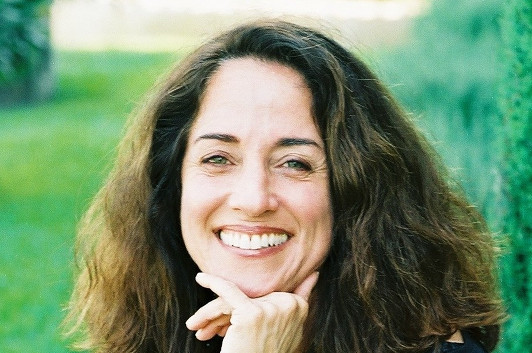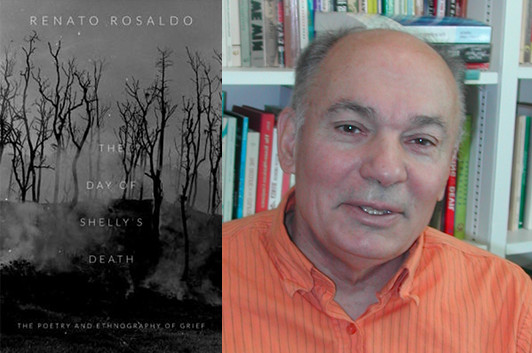Diana Raab & the Power Poet Couple of Santa Barbara

Diana Raab‘s latest poetry collection is Lust, including recent verse like “The Wave” and “Shivering.” In this guest essay for Beatrice, she recalls two of her friends and colleagues, and the love they shared.
Many of us are hard pressed to identify the most important influences on our literary lives. For me personally, there is a core of poets whose works have always inspired my own, and who I simply cannot get enough of. They include Billy Collins, Stephen Dunn, Charles Baudelaire, Sharon Olds, Rumi and Pablo Neruda, to name a few.
Other influences are like special friends—their warm words enter into our lives at just the right time, when we crave a special sort of transparency. Sometimes a personal encounter with an admired poet can initiate a sense of interconnectedness—meeting them face-to-face, hearing them read, listening to their nuances, and watching their facial expressions.
Most times, a poet’s works stands alone, but sometimes there are power poet couples who should be honored together. Not only are they wonderful individuals, but together they inspire and motivate so many people in so many ways. For me, this power poet couple is our beloved Kurt Brown and his beautiful wife, Belgium-born Laure-Anne Bosselaar.
I had been living in Santa Barbara for about seven years before first meeting Kurt Brown. We met through a mutual friend who said he and Laure-Anne were relatively new to town and needed an extra printer that I happened to have had in storage. The timing was right and before long Kurt pulled up in my driveway. Shy, gracious and appreciative, he loaded the printer in his trunk, expressed his deep gratitude and well wishes and drove away. Both of us predicted that in this small town of poets, our paths would cross again before long.
15 April 2014 | poets on poets |
Renato Rosaldo: Poetry in Plain Language

photo via NYU
In The Day of Shelly’s Death, the anthropologist and poet Renato Rosaldo writes about the death of his wife, Michelle Rosaldo, in 1981 just after they had arrived in the Philippines for a fieldwork expedition. As he addresses the subject from various perspectives—including, in “New Shoes,” that of Shelly herself—Rosaldo maintains a plain, straightforward tone… and, in this guest essay, he discusses another case in which a moment of poetic insight was couched in simple language. Is Naomi Shihab Nye’s “Gate A-4” a poem, a very short essay, or something else? Rosaldo sides on the case of poetry, and I’m inclined to agree.
I work hard to write accessible poems. It’s difficult to make it look easy.
In writing to be understood I’ve sometimes been inspired by what William Butler Yeats, in his poem “Adam’s Curse,” famously said.
“A line will take us hours maybe;
Yet if it does not seem a moment’s thought,
Our stitching and unstitching has been naught.”In other words, he worked and worked to write lines of poetry that sing with meter and rhyme, yet read as if they were effortlessly dashed off without a moment’s thought.
Nonetheless, I’ve found that readers often worry that a poem they can understand is artless, perhaps prose, merely a good story, not a poem. That readers can be so disconcerted by an accessible poem makes one wonder. Do they think poems are beautiful words that can’t be understood? What comes to mind for me is what a student said about my lectures in the first course I taught. “Your lectures,” she said, “are pure poetry—beautiful, I can’t understand a word.”
Consider, for example, an accessible poem by Naomi Shihab Nye, “Gate A-4,” that recently went viral on the internet. Although they were carefully crafted, her verses appear chatty, conversational, as if casually told to a friend. Readers posted comments. They agreed, her verse was beautiful, but some wondered: Was it poetry? Prose? Or just a good story?
16 March 2014 | poets on poets |

 Our Endless and Proper Work is my new book with Belt Publishing about starting (and sticking to) a productive writing practice.
Our Endless and Proper Work is my new book with Belt Publishing about starting (and sticking to) a productive writing practice. 
